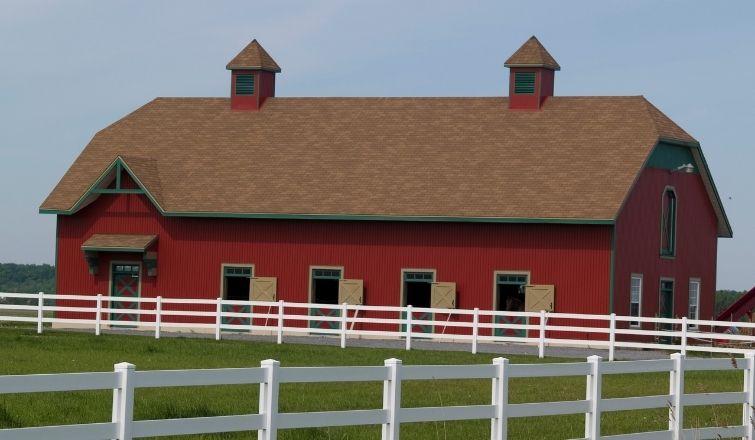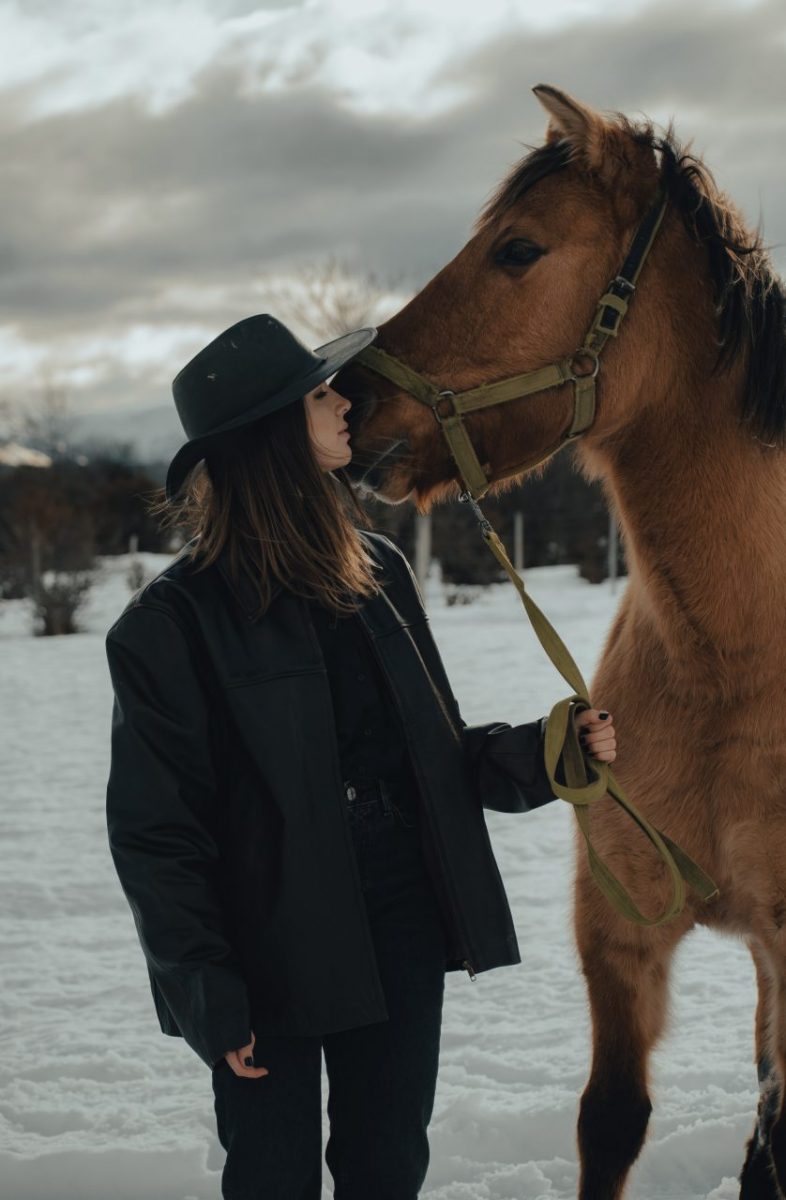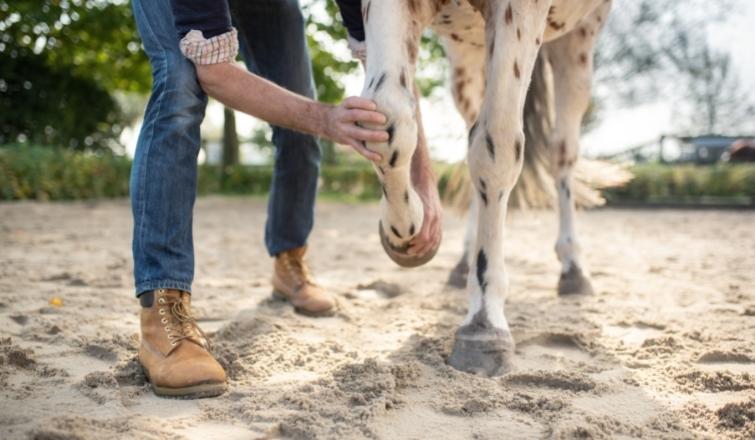
How to Design the Best Horse Paddock
When building a new horse paddock, it is important to choose an ideal layout and design. Continue reading for tips for designing the best horse paddock.
Layout
The layout of your new paddock will have a significant impact on both daily and long-term use. Below is a list of factors that are directly impacted by the layout of the paddock:
- Convenience
- Accessibility
- Safety
- Drainage
- Maintenence
- Optimized use of space
- Pasture rotation
- Equine socialization
You will want to avoid sharp, tight, or awkward corners that can cause entrapment or injury. Gate placement should be in an easily accessible location and as close to the stables as possible to help simplify the turnout process.
You will also want to consider your pasture rotation process; ensure that your new paddock will complement your existing routine.
Take into consideration:
- The size of the space you are using
- Distance from the stables
- How many horses will generally be placed inside
- The most convenient gate placement
- Hay and water placement
Terrain, Trees, and Shrubbery
When building a space for turnout use, it is crucial to ensure that any trees or shrubbery in the area are safe for horses; some plants and trees are toxic and should immediately be removed before horses are allowed into the area.
Trees or bushes that are not toxic do not have to be removed, but it is highly recommended to fence them off to prevent the horses from injuring themselves on branches or stripping the bark from the trees.
Size
The typical rule when designing a horse paddock is to dedicate one acre per horse. If you run a small hobby farm with just a few horses, a small paddock encompassing a few acres will do. However, if you run a boarding or breeding operation that requires a large number of horses to be turned out together at once, you will want to dedicate a large number of acres to the new paddock or pasture.
Stables that do not provide horses with supplemental feed and rely strictly on grazing time for feeding should consider devoting 2 or 3 acres per horse rather than just 1.
Gates and Accessibility
There is nothing worse than a poorly-designed pasture layout that requires a far trek to and from the stables during turnout – especially when there are many horses to move back and forth.
An inconvenient gate placement can also make paddock management and cleanout more time-consuming than necessary.
Make sure that the gates in your new paddock are conveniently placed as close to the stables as possible; this will help exponentially in simplifying daily tasks.
The process of designing a new horse paddock can be an exciting process when adequately approached. Keeping the things you have learned here in mind, you will be well on your way to designing the best horse paddock for you.
For more informative equestrian blog posts, check out our blog.
For more information about Stablebuzz stable management software, click here.



